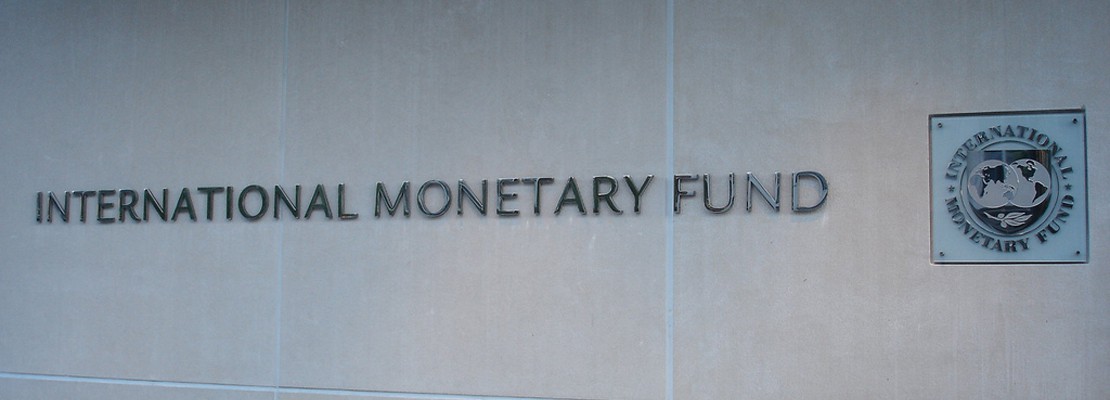

Sovereign Sukuk Issuance Legal Frameworks
Article Overview
- 1 Sovereign Sukuk Issuance Legal Frameworks
- 1.1 Sovereign Sukuk are gaining popularity
- 1.2 Careful design needed of legal framework for Sovereign Sukuk
- 1.3 Stylized legal issues relating to Sovereign Sukuk
- 1.4 A clear legal basis is required for the issuance of Sovereign Sukuk
- 1.5 Legal status and treatment of Sukuk for purposes of public debt and cash management
- 1.6 Download Paper
An IMF working paper examined key features of modern public debt management legal frameworks and took a specific look at Sukuk legal frameworks in the UK, Turkey and Luxembourg.
The paper titled “Designing Legal Frameworks for Public Debt Management” was written by Elsie Addo Awadzi and published in July 2015. The following are extracts from the paper. A link to download the full paper is provided at the end of this article. The Sukuk related items appear on pages 14 and 15.
Sovereign Sukuk are gaining popularity
The legal framework in a number of jurisdictions provides explicit authority for the issuance of sovereign sukuk. Examples include the UK Finance Act 2008 and Statutory Instrument (Government Alternative Finance Regulations 2014 (S.I. 2014/1327), Luxemburg’s Sukuk Law of July 2014, Turkey’s Law 4749 on Regulation of Public Financing and Debt Management, and the Mauritius PDM Act of 2008.
Careful design needed of legal framework for Sovereign Sukuk
To be effective, the legal framework will need to be drafted to ensure compliance with relevant Shari’ah principles, while reflecting the idiosyncratic features of sukuk from a legal, accounting, and public debt management perspective. Among other things, sovereign sukuk tend to be issued by Governments indirectly through wholly-owned special purpose vehicles/entities (SPVs/SPEs), and are strictly-speaking “trust certificates” rather than debt instruments. Consequently, their legal status in public debt management requires clarity in the PDM legal framework. Furthermore, the framework for sukuk issuance should be consistent with the overall public financial management legal framework.
Stylized legal issues relating to Sovereign Sukuk
Sovereign sukuk have a similar economic effect in substance as conventional sovereign bonds, although they tend to be structured differently.
Most sukuk require an underlying asset, whether in the context of an asset-based or asset-backed transaction, and tend to be structured as murabahah, istisna, or ijara Islamic contracts. The sukuk ijarah which has been used recently in many sovereign sukuk transactions, commonly involves the sale (asset-backed model) or a lease (asset-based model) of tangible or non-tangible assets by a Government (originator) to a special purpose vehicle or entity (SPV) established and owned by that Government. The SPV raises funding from the issuance of sukuk to investors, proceeds of which are made available to the Government as payment for the sale or lease of assets to the SPV.
A clear legal basis is required for the issuance of Sovereign Sukuk
Statutory provisions typically provide for a comprehensive legal mandate for structuring the sukuk through an SPV and for all the underlying legal and contractual arrangements that go with it. For example:
- U.K.: The Finance Act of 2008 (section 157 (1)) provides broad power to Her Majesty’s Treasury to make provision (by regulation) for raising money through alternative finance arrangements. The Government Alternative Finance Arrangements Regulations 2014 (GAFAR) provide more specific provisions enabling the Treasury and the Secretary of State to enter into transactions which facilitate the issuance of alternative finance arrangements for the treatment of such instruments.
- Turkey: Law 4749 on Regulation of Public Financing and Debt Management explicitly authorizes the Minister of Finance to incorporate asset lease companies which may issue lease certificates in local and foreign markets based on movable, immovable and intangible assets.
- Luxembourg: Sukuk Law of 2014 provided specific authorization for the government to launch the 2014 sukuk issuance by selling three local buildings to an SPV under a sale, lease, and buy-back transaction.
Legal status and treatment of Sukuk for purposes of public debt and cash management
The legal framework should clarify at the minimum, how proceeds of sovereign sukuk should be accounted for, what liabilities there might be for the Government in the event of a default by the SPV, and generally, the extent to which the PDM law governs sukuk arrangements. For example:
- UK: The GAFAR provides explicitly for payment of monies from sukuk into and out of the National Loans Fund, as is the case with other public debt instruments (such as Gilts). It also provides for modifications to the National Loans Act of 1968 such that sukuk (alternative financing arrangements) are treated in the same way as Gilts for the purposes of the Debt Management Account. Furthermore, to reduce the risk of default, the Treasury is empowered to give financial assistance to any company involved in the alternative finance arrangements and a permanent appropriation is established under the Regulations for this purpose.
- Turkey: Law 4749 provides explicitly that sukuk or “lease certificates” are subject to the rules and principles in the relevant legislation in respect of securities issued by the Treasury and the Law on Central Bank of the Republic of Turkey and that proceeds from their issuance are to be transferred to the Treasury.








